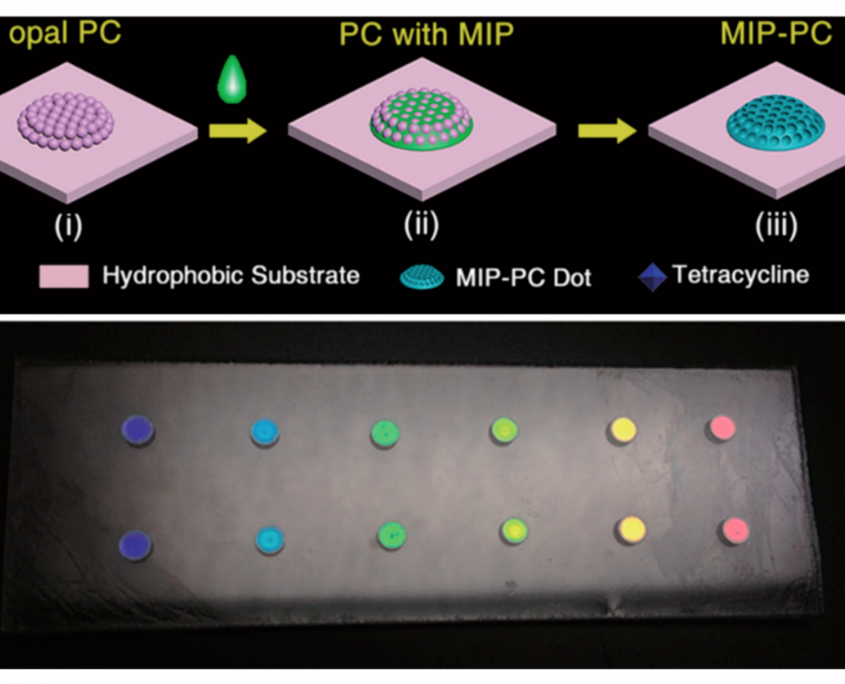Molecular Imprinted Polymers Coupled to Photonic Structures in Biosensors: The State of Art
1 Institute of Photonics and Nanotechnologies (IFN-CNR) CSMFO Laboratory and Fondazione Bruno Kessler (FBK) Photonics Unit, via alla Cascata 56/C, 38123 Povo Trento, Italy
2 Indivenire Srl, via Alla Cascata 56/C, 38123 Povo Trento, Italy
3 Department of Biotechnology, University of Verona, Cà Vignal 1, Strada Le Grazie 15, 37134 Verona, Italy
Abstract
Optical sensing, taking advantage of the variety of available optical structures, is a rapidly expanding area. Over recent years, whispering gallery mode resonators, photonic crystals, optical waveguides, optical fibers and surface plasmon resonance have been exploited to devise different optical sensing configurations. In the present review, we report on the state of the art of optical sensing devices based on the aforementioned optical structures and on synthetic receptors prepared by means of the molecular imprinting technology. Molecularly imprinted polymers (MIPs) are polymeric receptors, cheap and robust, with high affinity and selectivity, prepared by a template assisted synthesis. The state of the art of the MIP functionalized optical structures is critically discussed, highlighting the key progresses that enabled the achievement of improved sensing performances, the merits and the limits both in MIP synthetic strategies and in MIP coupling. View Full-Text




